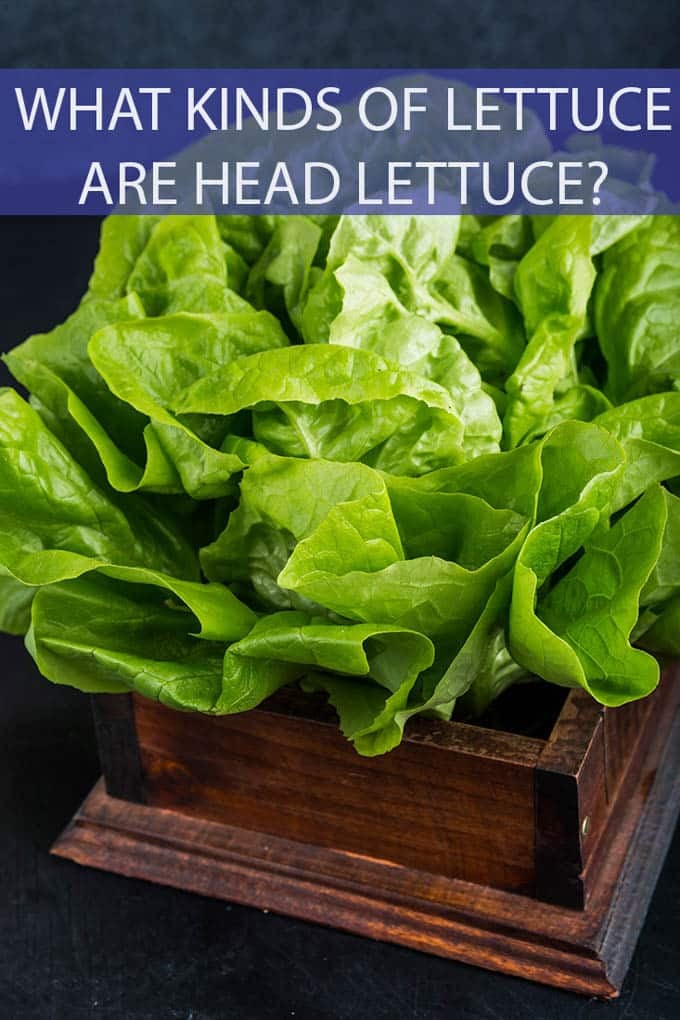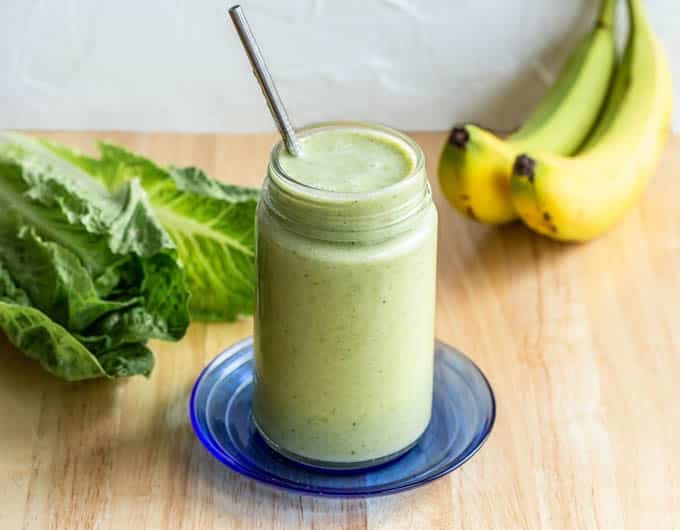What Types of Lettuce are Head Lettuce?
Leaf lettuce, head lettuce, green lettuce, red lettuce….who knew there were so many kinds of lettuce? This is your handy guide to knowing what kind of lettuce is known as head lettuce.

What Is Head Lettuce?
The first thing we need to know is what head lettuce is exactly. It’s defined in the Merriam Webster Dictionary as “any of various cultivated lettuces that constitute a distinct variety (Lactuca sativa capitata) and are distinguished by leaves arranged in a dense rosette which ultimately develops into a compact head suggesting that of cabbage.”
So which varieties of lettuce are head lettuce? To understand that you first have to determine how many varieties of lettuce exist in the world.
Types of Lettuce
How many kinds of lettuce are there? A lot. But there are several main classifications of lettuce and each of those have varieties within them.
- Iceberg
- Butterhead
- Loose Leaf
- Stem
- Romaine
Which Are Considered Head Lettuce?
Iceberg Lettuce
This is probably the most famous and recognizable form of head lettuce. Iceberg lettuce is also sometimes referred to as crisphead, and it is a pale green leafy vegetable that forms into a tight cabbage style head.
Iceberg lettuce is typically defined by its mild flavor and crisp texture. It gets a bad reputation in the nutrition industry for not being as nutritious as, say, romaine. But that doesn’t mean iceberg is without its benefits. With just two cups of iceberg lettuce you can consume more than 10% of your daily Vitamin B.
Try using iceberg for the lettuce in your BLT sandwiches.
Butterhead Lettuce
As the name implies, butterhead lettuce is a head lettuce. Boston lettuce and Bibb lettuce make up this variety. They form heads, but they are more loose than iceberg. Boston lettuce is often described as looking a lot like a rose when it is flowering, whereas Bibb lettuce is smaller and more cup shaped. Butterhead lettuce works great for lettuce wraps because the leaves are fairly flexible.
The coloring of butterhead lettuce is typically the same green as that of grass. The texture is soft and buttery, which is where this lettuce gets its name.
Butterhead lettuces are more expensive than most other varieties and often come with their roots still attached and submerged in water. They make up for their expense with a long shelf life, with some varieties remaining fresh for up to a month or more as long as their roots remain wet.
Romaine Lettuce
Romaine can also be considered a head lettuce, but its head is long and in the shape of a loaf. Variations of romaine vary with some having an open head and others a more closed appearance.
Romaine is very nutritious and is most commonly used in Caesar salads or our Smoked Salmon Lettuce Rolls over on our sister site COOKtheSTORY. The taste of romaine lettuce is strong, but it doesn’t overpower. The texture of this lettuce is very crisp and it is one of the more nutritious lettuces in existence.
You can receive 7% of your daily fiber intake from one serving of romaine lettuce. It also contains quite a bit of folate, iron, manganese and potassium. As for vitamins, you can get 34% of your daily recommended value of Vitamin C from one serving of romaine, 109% of Vitamin K and a whopping 148% of your Vitamin A intake.
Head Lettuce is Bountiful
When you’re looking for lettuce you have three great choices in head lettuce. Each has its own unique benefits and mixing them together can sometimes create a varied salad with interesting flavors. Make sure to browse our head lettuce recipes to discover more than just salads.
What’s your favorite variety of lettuce? Sound off in the comment section below and let us know.
This post originally appeared in May 2019 and was revised and republished in January 2023.























Great post! I never realized there were so many varieties of head lettuce. I always stuck with iceberg, but now I’m excited to try butterhead and romaine in my salads. Thanks for the informative breakdown!
Great breakdown of the different types of head lettuce! I never realized there were so many varieties. I especially love using butter lettuce in my salads for that tender texture. Thanks for the informative article!
You’re welcome! I love butter lettuce too. I also really love regular old iceberg. It’s so crispy and refreshing, you know